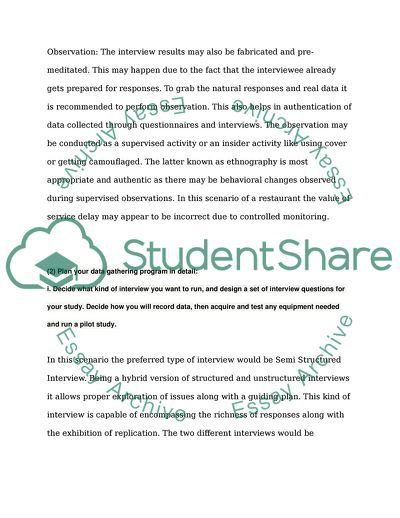Data Gathering Program Case Study Example | Topics and Well Written Essays - 1500 words. https://studentshare.org/information-technology/1764086-project-planning
Data Gathering Program Case Study Example | Topics and Well Written Essays - 1500 Words. https://studentshare.org/information-technology/1764086-project-planning.


